Getting Started with CNC Plasma Cutting – Tips for Beginners
Tabla de contenido
“Ignite Your Creativity: Beginner’s Guide to Precision and Power with CNC Plasma Cutting”
Introducción
Getting started with CNC plasma cutting can be an exciting venture for beginners interested in metalworking and fabrication. CNC plasma cutting involves using a computer-controlled machine that directs a high-velocity jet of ionized gas, or plasma, through a nozzle to cut through electrically conductive materials with precision and speed. This process is widely used in various industries for creating intricate designs and parts with a high degree of accuracy. For those new to this technology, it is important to understand the basics of machine operation, design software, material selection, safety precautions, and maintenance to ensure successful and efficient cutting projects. With the right knowledge and preparation, beginners can quickly become proficient in using CNC plasma cutting systems to bring their metalworking projects to life.
Understanding CNC Plasma Cutting: Essential Equipment and Safety Basics
Getting Started with CNC Plasma Cutting – Tips for Beginners
CNC plasma cutting stands as a pivotal technology in the world of metal fabrication, offering precision and efficiency that manual cutting methods struggle to match. As a beginner, understanding the intricacies of this process can be daunting, but with the right knowledge and preparation, you can harness the power of CNC plasma cutting to create intricate designs and high-quality cuts in a variety of metal materials.
At the heart of CNC plasma cutting is the CNC (Computer Numerical Control) machine, which is essentially a computer-controlled system that directs the plasma torch with exceptional accuracy. The plasma torch itself is a powerful tool that generates a high-velocity jet of ionized gas capable of melting and ejecting material from the metal workpiece. This process allows for rapid and precise cutting of metals such as steel, stainless steel, aluminum, and brass, among others.
To embark on your journey into CNC plasma cutting, you’ll need to familiarize yourself with the essential equipment. This includes the plasma cutter, which is the core of the operation, a compatible CNC table that provides a stable and flat surface for cutting, and a computer with the necessary software to design and control the cutting paths. Additionally, you’ll require a reliable air compressor to supply the plasma cutter with clean, dry air, which is crucial for maintaining the quality of the cut and prolonging the life of the consumables.
Safety is paramount when working with CNC plasma cutters, as the process involves high temperatures, bright light, and potentially harmful fumes. To protect yourself, it’s essential to wear appropriate personal protective equipment (PPE). This includes safety glasses to shield your eyes from the intense light and flying debris, a face shield for added protection, flame-resistant gloves to protect your hands, and ear protection to guard against the noise generated by the cutting process. Furthermore, ensure that your workspace is well-ventilated or equipped with a fume extraction system to mitigate the inhalation of hazardous fumes.
Before you begin cutting, it’s crucial to understand the importance of grounding the workpiece. A proper ground connection prevents electrical hazards and ensures a stable arc for a clean cut. Additionally, familiarize yourself with the plasma cutter’s manual to understand its specific requirements and limitations, as well as the recommended settings for different materials and thicknesses.
As you prepare to make your first cut, take the time to double-check the alignment of the torch and ensure that the CNC table is clear of any obstructions. Start with simple designs and gradually progress to more complex patterns as you gain confidence and experience. Remember that practice is key to mastering CNC plasma cutting. Each material and thickness will behave differently under the plasma torch, so experimenting with various settings and speeds will help you develop a feel for the optimal cutting conditions.
In conclusion, CNC plasma cutting is a powerful technique that, when approached with respect and diligence, can significantly enhance your metalworking capabilities. By investing in the right equipment, prioritizing safety, and dedicating time to practice and learning, beginners can quickly become proficient in creating precise and intricate cuts. With patience and attention to detail, the world of CNC plasma cutting opens up endless possibilities for innovation and creativity in metal fabrication.
Step-by-Step Guide to Your First CNC Plasma Cutting Project
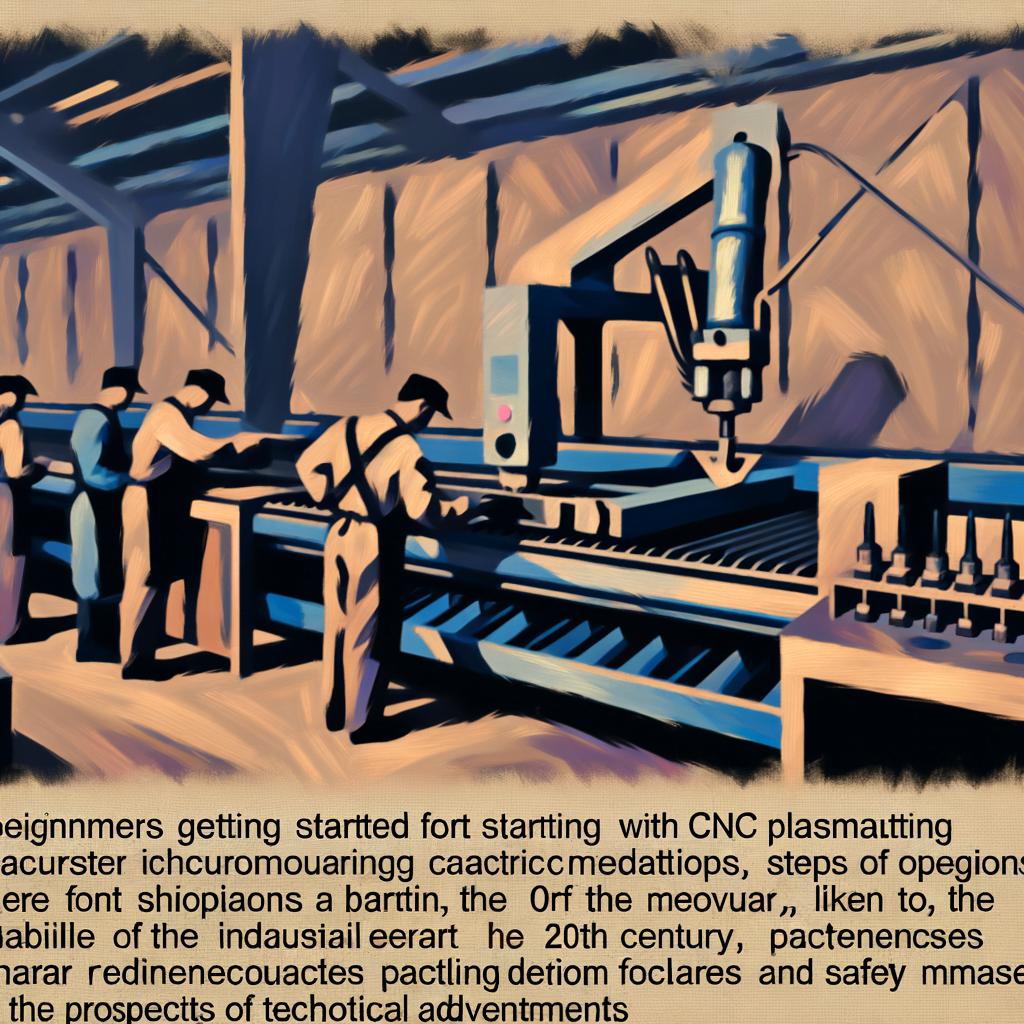
Getting Started with CNC Plasma Cutting – Tips for Beginners
Embarking on the journey of CNC plasma cutting can be an exhilarating experience for beginners who are eager to delve into the world of precision metal fabrication. This technology, which harnesses the power of a plasma torch controlled by computer numerical control (CNC), allows for the cutting of various metals with high accuracy and speed. To ensure a successful first project, it is essential to understand the basics and follow a step-by-step approach.
The initial step in CNC plasma cutting is to select the right equipment. This involves choosing a plasma cutter that is compatible with the type and thickness of the metal you intend to cut. Additionally, a CNC table that can accommodate the size of your projects is crucial. It is also important to ensure that the software provided with the machine is user-friendly and capable of interpreting your design files.
Once the equipment is in place, the next step is to familiarize yourself with the software. Most CNC plasma cutters come with proprietary software or are compatible with common CAD (Computer-Aided Design) programs. Spend time learning how to create or import designs, set cutting paths, and adjust settings such as cutting speed and pierce delay. Mastery of the software is a cornerstone of successful CNC plasma cutting, as it translates your designs into precise cutting instructions for the machine.
Before proceeding with the actual cutting, it is imperative to prepare the material. Ensure that the metal surface is clean and free of any coatings or rust that could interfere with the cutting process. Secure the material to the CNC table to prevent any movement during cutting, as even slight shifts can lead to inaccuracies.
Safety should never be overlooked when operating a CNC plasma cutter. Always wear appropriate personal protective equipment, including safety glasses, gloves, and hearing protection. Additionally, ensure that the work area is well-ventilated to avoid the inhalation of fumes and dust generated during the cutting process.
With preparations complete, it is time to initiate the cutting process. Begin by setting the correct amperage on the plasma cutter based on the thickness and type of metal. Then, load your design file into the software and perform a dry run without firing the plasma torch. This will allow you to verify the path of the cut and make any necessary adjustments to the design or machine settings.
Once satisfied with the setup, proceed with the actual cutting. Start the CNC plasma cutter and monitor the process closely. The plasma torch should move smoothly along the predetermined path, effortlessly slicing through the metal. If any issues arise, such as irregular cuts or excessive dross (residue), pause the machine and troubleshoot before continuing.
After the cutting is complete, it is important to perform post-processing tasks. This includes removing any dross from the cut edges and performing any necessary finishing, such as grinding or sanding, to achieve the desired quality. Inspecting the final piece for accuracy and quality is also crucial to ensure that it meets the specifications of your project.
In conclusion, CNC plasma cutting is a powerful tool for beginners looking to make precise cuts in metal. By carefully selecting equipment, mastering the software, preparing materials, prioritizing safety, and following a methodical approach to cutting and post-processing, you can achieve impressive results even on your first project. With practice and attention to detail, your skills in CNC plasma cutting will continue to grow, opening up a world of possibilities for creative and functional metalworking projects.
Troubleshooting Common Issues for CNC Plasma Cutting Newbies
Getting Started with CNC Plasma Cutting – Tips for Beginners
CNC plasma cutting is a powerful and versatile tool for cutting through metal with precision and speed. As beginners embark on the journey of mastering this technology, they often encounter a variety of common issues that can be daunting. However, with a few tips and a better understanding of these challenges, new users can quickly become adept at using their CNC plasma cutting systems.
One of the first hurdles that beginners may face is the quality of the cut. If the edges of the cut metal appear jagged or rough, it could be a sign that the cutting speed is either too fast or too slow. It’s crucial to consult the guidelines provided by the plasma cutter manufacturer and to experiment with different speeds on scrap material before committing to the final cut. Additionally, ensuring that the plasma cutter is set to the correct amperage for the thickness of the metal can greatly improve cut quality.
Another common issue is the presence of dross, which is the residue left on the bottom edge of a cut. This can be minimized by adjusting the height of the torch above the material. If the torch is too close or too far from the workpiece, it can affect the quality of the cut and increase the amount of dross. Many modern CNC plasma cutters come with height control systems that automatically adjust the torch, but for those without this feature, careful manual adjustment is necessary.
Furthermore, the consumables of the plasma cutter, such as the nozzle and electrode, are critical components that wear out over time. Beginners might not realize the importance of regularly checking and replacing these parts. Worn consumables can lead to poor cut quality and may even damage the plasma cutter. It’s advisable to keep a stock of consumables on hand and to learn the signs of wear, which include irregular sparks or a torch that struggles to ignite.
In addition to hardware considerations, software issues can also arise. CNC plasma cutting requires precise control, which is managed by the software that converts designs into cutting paths. Beginners may encounter problems with the software setup or with transferring files to the cutter. It’s important to ensure that the software is compatible with the CNC system and that the correct file types are being used. Taking the time to learn the software thoroughly will pay off in the long run, as it will reduce errors and streamline the cutting process.
Moreover, the quality of the material being cut can also affect the outcome. Metals that have coatings or rust may not cut as cleanly as clean, mill-finished materials. It’s beneficial to remove any surface contaminants before cutting to achieve the best results. Additionally, ensuring that the workpiece is properly secured and that the cutting table is level will prevent the material from moving during the cutting process, which could otherwise result in an inaccurate cut.
Lastly, safety should never be overlooked. CNC plasma cutting generates intense heat and bright light, so proper safety gear, including eye protection, gloves, and appropriate clothing, is essential. It’s also important to work in a well-ventilated area to avoid inhaling any fumes produced during the cutting process.
In conclusion, while beginners may encounter a variety of issues when starting with CNC plasma cutting, these challenges can be overcome with patience, practice, and attention to detail. By understanding and troubleshooting common problems related to cut quality, consumables, software, material, and safety, new users can quickly gain confidence and proficiency in this exciting and productive method of metal fabrication.
Conclusión
Conclusión:
Getting started with CNC plasma cutting requires beginners to understand the basics of the process, choose the right equipment, and follow safety protocols. Beginners should start with simple projects to gain experience, and gradually move on to more complex designs. Proper maintenance of the equipment is essential to ensure precision and longevity. By following best practices and continuously learning, beginners can effectively utilize CNC plasma cutting for a wide range of applications, leading to successful and satisfying results in their metalworking projects.

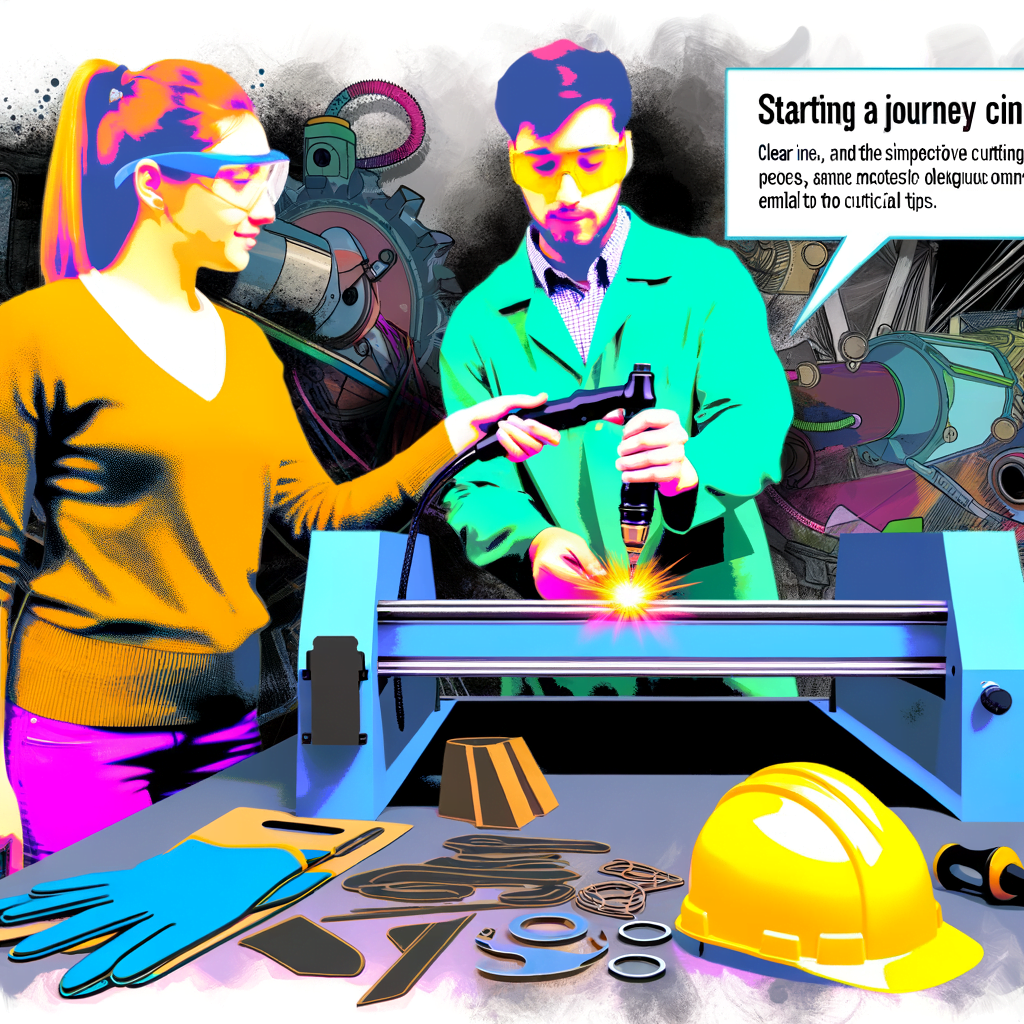
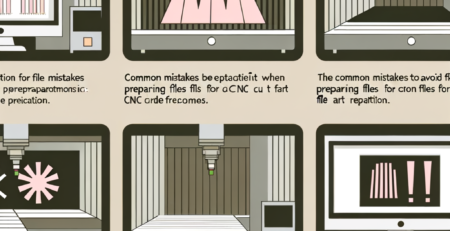
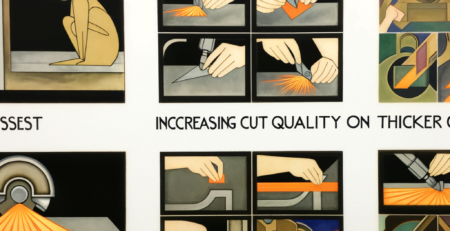
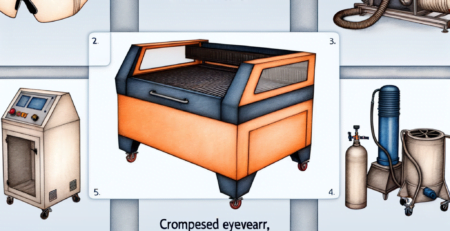
Deja una respuesta